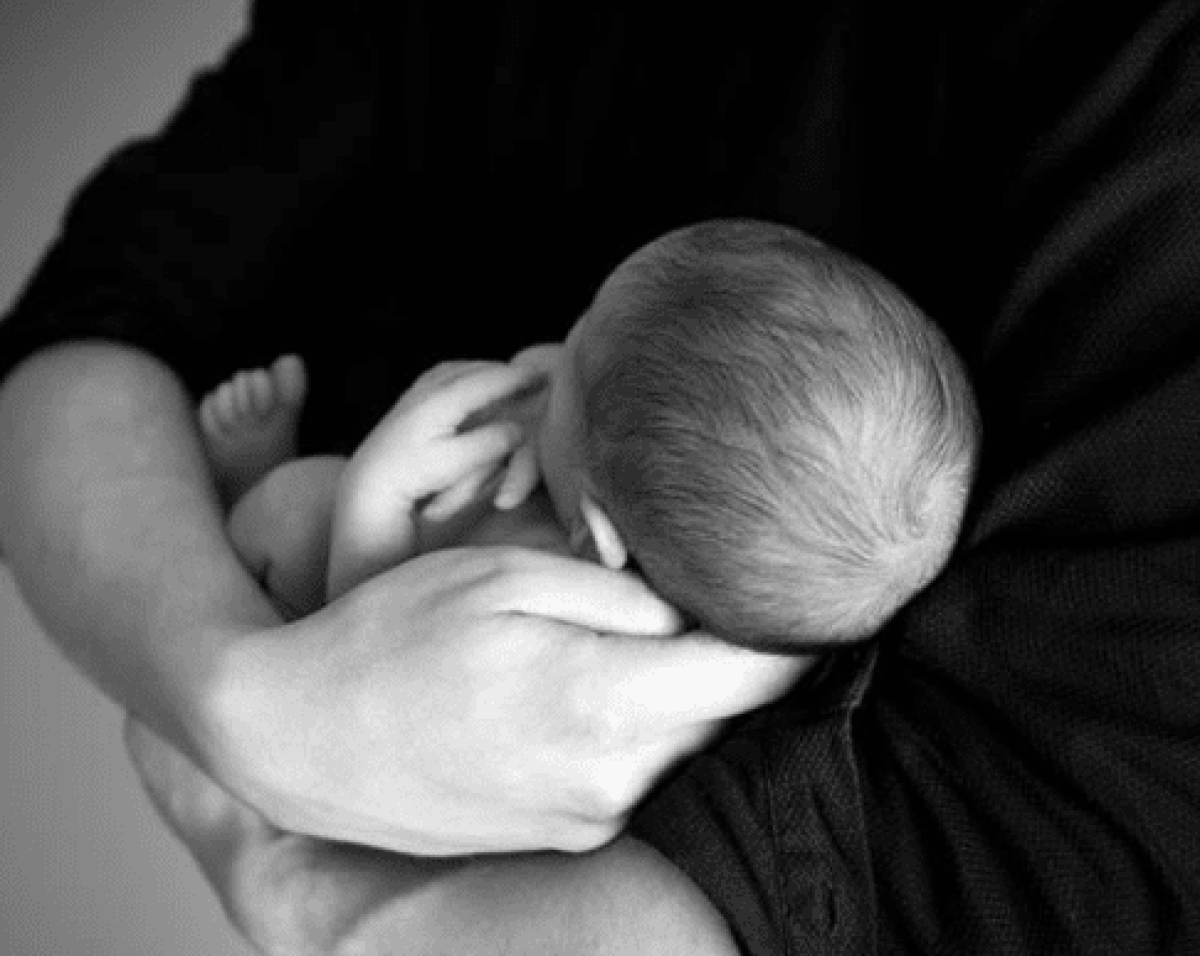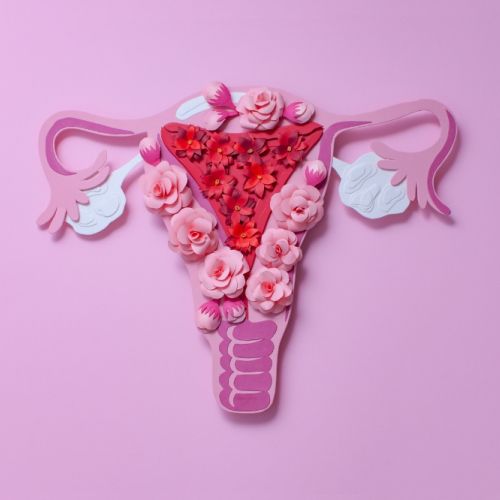The Benefits of Frozen Embryos Over Fresh Embryos for IVF

If you and your partner have been having trouble conceiving, you’ve no doubt done some research into what opportunities are available to you. For many couples, in vitro fertilization provides the solution needed to start their families. As you may know, in vitro fertilization is the most popular assistive fertility treatment in the world. It accounts for 99% of such procedures and about 1.5% of babies are born via IVF.
The success rate of in vitro fertilization is influenced by a number of factors, just like a natural conception would be. Everyone responds differently to things and there are ways to bolster the odds of success. The typical in vitro fertilization procedure has about a 50% success rate. If this seems low to you, keep in mind that the probability of natural conception for the typical fertile couple isn’t terribly higher.
When talking about in vitro fertilization, it’s important to understand the details of the procedure and what decisions will be made throughout the process. One such important detail is the use of different kinds of embryos. Or, rather, the different ways embryos are handled. When talking about IVF, the discussion often comes up about the benefits of using frozen embryos in comparison to fresh embryos. One’s initial reaction might be that fresh embryos have to produce better results because we often associate “new” as better. But, that’s actually not the case when it comes to IVF. It turns out frozen embryos are actually the preferred choice. Here is what you need to know about embryo storage and IVF procedures.
IVF and the usage of embryos
It would be helpful to give a brief explanation of the IVF process and how embryos play a part in it. Whether you’re using your own eggs or a donor’s, the actual fertilization will take place outside of the body and in a lab. Once there is a viable embryo, it is then introduced into the woman’s body where it will hopefully be carried through a healthy pregnancy.
That’s the simple description of what IVF is. One key part to keep in mind, though, is the hormonal treatments and ovary stimulation that takes place if it’s your eggs that will be removed for fertilization. In order to bring eggs to maturation quickly, this stimulation is required. Once it’s determined the eggs are ready for the next phase, they are surgically removed. This is a minor surgery, however, and twilight anesthesia will be employed. It’s important to note this because that hormonal treatment is one of the factors that can contribute to fresh embryo vs frozen embryo success rates as we’ll see shortly.
Fresh embryo usage
The hormone treatment process outlined above would be followed by a fresh embryo transfer in the days following the initial egg removal procedure (typically within three to five days). Otherwise, the embryos are frozen for usage at a later date. Fresh embryo transfers have been in use for decades and clearly there is a satisfactory level of success since they are still performed.
There are acknowledged benefits of opting for fresh embryo transfers over frozen. The primary one is that, assuming you have success with this first attempt, you won’t need to go through another round of stimulation therapy at a later date. With frozen embryos, there is still a need for mild hormone therapy in order to properly prepare the body for the introduction of the embryo. So, you could be looking at going through treatment twice, once for producing the embryos (ovarian stimulation and egg retrieval), and the second for the actual transfer of the embryo(s) (frozen embryo transfer cycle). However, it’s important to note that the second treatment, which involves the preparation of the uterus for implantation, is much milder in comparison to the initial ovarian stimulation. However, since hormone treatment can be expensive and individuals respond differently to it, only going through hormone treatment once can be considered a big benefit to many.
Why frozen embryos yield better results
Certain clinical situations require freezing of embryos to avoid a fresh embryo transfer. For example, if a patient is at risk of ovarian hyperstimulation syndrome (OHSS), all embryos are frozen to avoid a fresh embryo transfer and exacerbation of the syndrome. If the uterine lining is suboptimal for implantation during the stimulation of the ovaries, all embryos are frozen, and at a later date the uterine lining is optimized during a frozen embryo transfer cycle. Additionally, if a couple chooses genetic testing of the embryos with preimplantation genetic screening and/or diagnosis (PGS/PGD), embryos are frozen to allow time for the genetic testing. Even without any of the above clinical indications for freezing, as far as successful treatment goes, frozen embryos do perform better than fresh ones. Again, hormones are an important factor. It is believed that because frozen embryos would be used long after the egg stimulation hormone therapy is done, the woman’s body would have returned to a natural state hormonally speaking. This better mimics the natural conception process which can yield a higher chance of success. Specifically, recent studies have shown better implantation rates, better live birth rates, higher birth weights, lower miscarriage rates, and lower ectopic pregnancy rates following frozen as compared with fresh embryo transfers. Additionally, being able to plan ahead with the use of frozen embryos allows the woman to undergo the embryo transfer procedure at the ideal time.
Conclusion
Few things are as emotionally trying as being unable to conceive. At California Center of Reproductive Health, we understand that. That’s why we are dedicated to providing you with the care you need to start a family of your own. If you’ve been having difficulty over the past year getting pregnant, contact us today to schedule an appointment. Our team is here to help you identify a reason for your difficulties and provide the treatments necessary to overcome them.
Eliran Mor, MD
Reproductive Endocrinologist located in Encino, Valencia & West Hollywood, CA
FAQ
What does a reproductive endocrinologist and infertility specialist do?
Reproductive endocrinology and Infertility is a sub-specialty of Obstetrics and Gynecology. In addition to managing medical and surgical treatment of disorders of the female reproductive tract, reproductive endocrinologist and infertility (REI) specialists undergo additional years of training to provide fertility treatments using assisted reproductive technology (ART) such as in vitro fertilization.
Reproductive endocrinologists receive board certification by the American Board of Obstetrics and Gynecology in both Obstetrics and Gynecology and Reproductive Endocrinology and Infertility.
When should I see an REI specialist?
In general, patients should consider consulting with an REI specialist after one year of trying unsuccessfully to achieve pregnancy. The chance of conceiving every month is around 20%, therefore after a full year of trying approximately 15% of couples will still not have achieved a pregnancy.
However, if a woman is over the age of 35 it would be reasonable to see a fertility specialist earlier, typically after 6 months of trying.
Other candidates to seek earlier treatment are women who have irregular menses, endometriosis, fibroids, polycystic ovary syndrome (PCOS), women who have had 2 or more miscarriages, or problems with the fallopian tubes (prior ectopic pregnancy).
What are the reasons we are having trouble conceiving?
Approximately 1/3 of the time cause for infertility is a female factor, 1/3 of the time a male factor, and the remaining 1/3 a couples’ factor.
At CCRH, we emphasize the importance of establishing a correct diagnosis. Both partners undergo a comprehensive evaluation including a medical history and physical exam.
Furthremore, the woman’s ovarian reserve is assessed with a pelvic ultrasound and a hormonal profile. A hysterosalpingogram (HSG) will confirm fallopian tube patency and the uterine cavity is free of intracavitary lesions. A semen analysis is also obtained to evaluate for concentration, motility, and morphology of the sperm.
Additional work up is then individualized to direct the best possible treatment option for each couple.
What is IVF? What is the process like?
In vitro fertilization (IVF) is the process that involves fertilization of an egg outside of a woman’s body.
The process starts with fertility drugs prescribed to help stimulate egg development. In your natural cycle, your body is only able to grow one dominant egg, but with stimulation medication we can recruit multiple eggs to continue to grow. After about 8-10 days of stimulation, the eggs are surgically retrieved and then fertilized with sperm in a specialized laboratory. Fertilized eggs are then cultured under a strictly controlled environment within specialized incubators in the IVF laboratory for 3-5 days while they develop as embryos. Finally, embryos (or an embryo) are transferred into the uterine cavity for implantation.
Should I have IVF?
Before deciding if IVF is the right choice, it’s important to sit down with an REI specialist to discuss available treatment options. For some people, other methods such as fertility drugs, intrauterine insemination (IUI) may be the best first choice treatment. At CCRH, we believe each individual couple is unique and not everyone needs IVF.
Is the IVF procedure painful?
While not painful, the fertility medications may some side effects including headaches, hot flashes, mood swings, and bloating. The injection sites may also bruise.
Will IVF guarantee a baby?
Unfortunately, no. Many people think once they start IVF it’s a matter of time that they will be pregnant and have a baby. But according to national statistics per the Society of Assisted Reproduction (SART), on average 40% of assisted reproduction cycles achieve live births in women under age 35. The chances of success then continue to decrease with advancing age.
At CCRH, we employ only evidence-based interventions to ensure patient safety and optimal outcome. While we cannot guarantee a baby, we guarantee that you will receive the best, most advanced, personalized care to help you maximize your chance of a baby.
What is the success rate for IVF?
The average IVF success rate (success measured in live birth rate) using one’s own eggs begins to drop around age 35 and then rapidly after age 40. This is due to the decline in egg quantity and egg quality as a woman ages.
Our clinic’s success rate consistently beats the national average year after year.
Do insurance plans cover infertility treatment? How much does IVF cost?
Individual insurance plans often do not have any coverage for infertility treatments. If you have a group plan, you can call members services to see if they have coverage for infertility (including consultation/workup and IVF).
After your consultation with our REI specialist, one of our dedicated account managers with sit with you to go over the cost of treatment.




